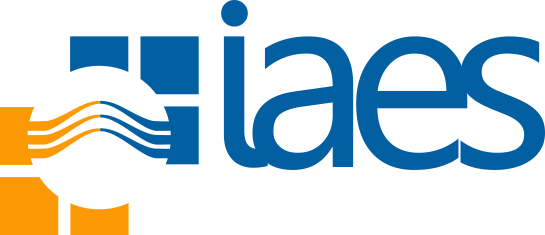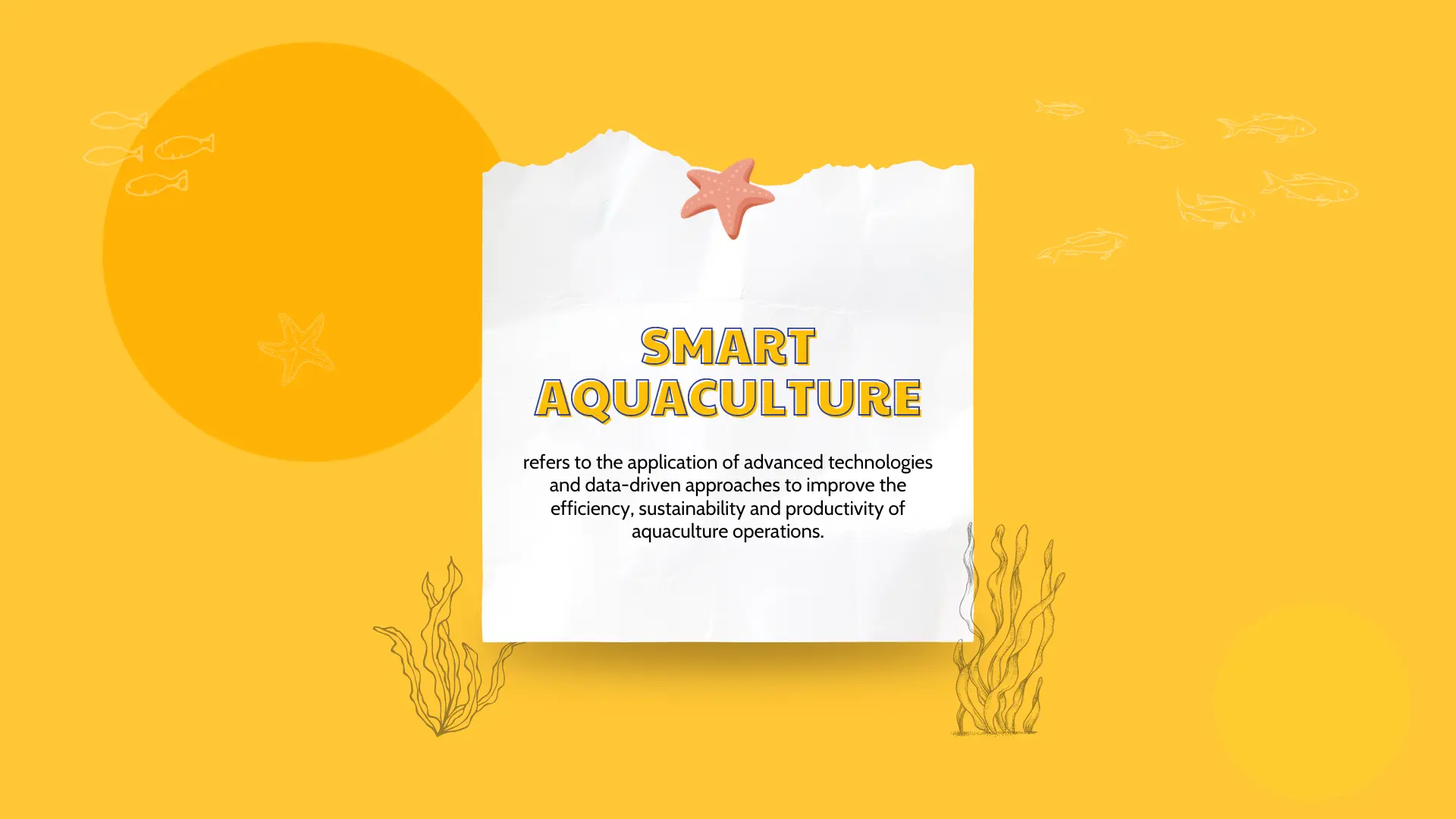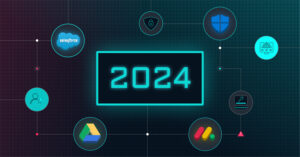Greetings, fellow Nawala! May you always be in good health.
This is the IAES Nawala from the Institute of Advanced Engineering and Science. Today we will share news about smart aquaculture. The discussion related to smart aquaculture was slightly explained in the previous discussion about smart farming. Smart aquaculture refers to the application of advanced technologies with data-driven approaches to improve the efficiency, sustainability, and productivity of aquaculture operations. This includes the cultivation of aquatic organisms such as fish, shellfish, and aquatic plants in controlled environments, such as ponds, tanks, or cages. Water quality in fish tanks is critical to reduce fish mortality. Many factors affect water quality, such as pH, dissolved oxygen (DO), and temperature in fish tanks. Wei et al. (2023) created a tool to automatically monitor water quality in fish tanks. The results found show that the proposed method provides better water quality management for fish farms.
Automated water quality monitoring and regression-based forecasting system for aquaculture
Toh Yin Wei, Emmanuel Steward Tindik, Ching Fui Fui, Haviluddin Haviluddin, Mohd Hanafi Ahmad Hijazi
Water quality in fish tanks is essential to reduce fish mortality. Many factors affect the water quality, such as pH, dissolved oxygen, and temperature in fish tanks. Existing work has presented water quality monitoring systems for aquaculture, which are useful for automatic monitoring and notify any incidence of decline in water quality. It enables the fish farms to make interventions to reduce fish mortality. However, advanced monitoring through forecasting is necessary to ensure consistent optimum water quality. This paper presents a web-based water quality monitoring and forecasting system for aquaculture. First, a water quality forecasting model based on the long short-term memory is designed and developed. The model is evaluated and fine-tuned using the existing public dataset. Second, the prototype of the water quality monitoring and forecasting system is developed. An Arduino and Raspberry Pi based water quality data acquisition tool is built. A web-based application is then developed to present the monitoring data and forecasting. A notification module is included to send an alert message to the fish farmers when necessary. The system is tested and evaluated at the fish hatchery in Universiti Malaysia Sabah. The findings show that the proposed system provides better water quality management for fish farms.
The IoT framework uses sensors to support controlling and monitoring fish tanks. Islam et al. (2022) describe the components that support the creation of such a device. At the end of their article, the complete hardware implementation of the IoT framework can be an alternative for real-time aquatic environment monitoring system was discussed.
Md. Monirul Islam, Mohammad Abul Kashem, Jia Uddin
Aquaculture is the farming of aquatic organisms in natural, controlled marine and freshwater environments. The real-time monitoring of aquatic environmental parameters is very important in fish farming. Internet of things (IoT) can play a vital role in the real-time monitoring. This paper presents an IoT framework for the efficient monitoring and effective control of different aquatic environmental parameters related to the water. The proposed system is implemented as an embedded system using sensors and an Arduino. Different sensors including pH, temperature, and turbidity, ultrasonic are placed in cultivating pond water and each of them is connected to a common microcontroller board built on an Arduino Uno. The sensors read the data from the water and store it as a comma-separated values (CSV) file in an IoT cloud named ThingSpeak through the Arduino microcontroller. To validate the experiment, we collected data from 5 ponds of various sizes and environments. After experimental evaluation, it was observed among 5 ponds, only three ponds were perfect for fish farming, where these 3 ponds only satisfied the standard reference values of pH (6.5-8.5), temperature (16-24 °C), turbidity (below 10 ntu), conductivity (970-1825 μS/cm), and depth (1-4) meter. At the end of this paper, a complete hardware implementation of this proposed IoT framework for a real-time aquatic environment monitoring system is presented.
On a larger scale, Chuyen et al. (2023) designed and manufactured a water quality controller for a shrimp farm. The device can function to monitor temperature, pH, dissolved oxygen (DO), to salinity and redox index at the lowest point of oxygen reduction potential (ORP). The research results in this paper have provided high economic benefits by increasing the productivity and quality of shrimp farming.
Tran Duc Chuyen, Dien Duc Nguyen, Nguyen Cao Cuong, Vu Viet Thong
In this paper, presents solutions to apply internet of things (IoT) technology in the field of high-tech agriculture and aquaculture in coastal areas of Vietnam, which is currently a new problem. The system includes an application on a smartphone; access parameters via the web, a computer and an IoT control circuit capable of automatically drawing electricity from the solar panel to the energy storage to serve as a source of power for devices (monitoring cabinets). The product has the function of monitoring: water environmental indicators in shrimp ponds (temperature, pH, dissolved oxygen (DO), salinity, redox index at the bottom of oxygen reduction potential (ORP)), on the website 24/24h, and controllable. Automatic control of pump system and DO generator with Inverter technology. The research results in this paper have brought high economic benefits with an automatic water quality control system to improve the productivity and quality of shrimp farming in practice for people in the aquaculture area in Bach Long commune, Giao Thuy district, Nam Dinh province, Vietnam.
Apart from fish farming, aquaculture also includes the development of aquatic plants or aquascape. In addition to temperature and oxygen, aquascape needs lighting. Hutabarat et al. (2022) in their research added a light sensor to the aquascape environment. The developed system can produce light intensity with a high level of accuracy according to the needs of these plants and successfully maintain the temperature within a predetermined range.
Daniel Patricko Hutabarat, Rudy Susanto, Bryan Prasetya, Barry Linando, Senanayake Mudiyanselage Namal Senanayake
The purpose of this research is to create a smart system based on internet of things (IoT) application for a plant aquarium. This smart system helps users to maintain the environment’s parameters of the plant aquarium. In this study, the parameters to be controlled by the system are light intensity and temperature. The hardware used to develop this system is the ESP32 as the microcontroller, BH1750FVI as the light sensor, high power led (HPL) light-emitting diodes (LED) lamp as the light source, DS18B20 as temperature sensor, the heater, and the 220 VAC fan that is used to raise and lower the temperature. In this study also developed an application that is used by the user to provide input to the system. The developed application is then installed on the user’s smartphone and used to connect the user to the system via the internet. The ease of adding and removing devices used on the system is a capability that is also being developed in this smart system. The developed system can produce light intensity with accuracy rate of 96% and always manage to keep the temperature within the predetermined range.
The above articles are a small part of the research on smart aquaculture. To get more information, readers can visit the page and read articles for FREE through the following links: https://beei.org/ dan https://ijece.iaescore.com/.




